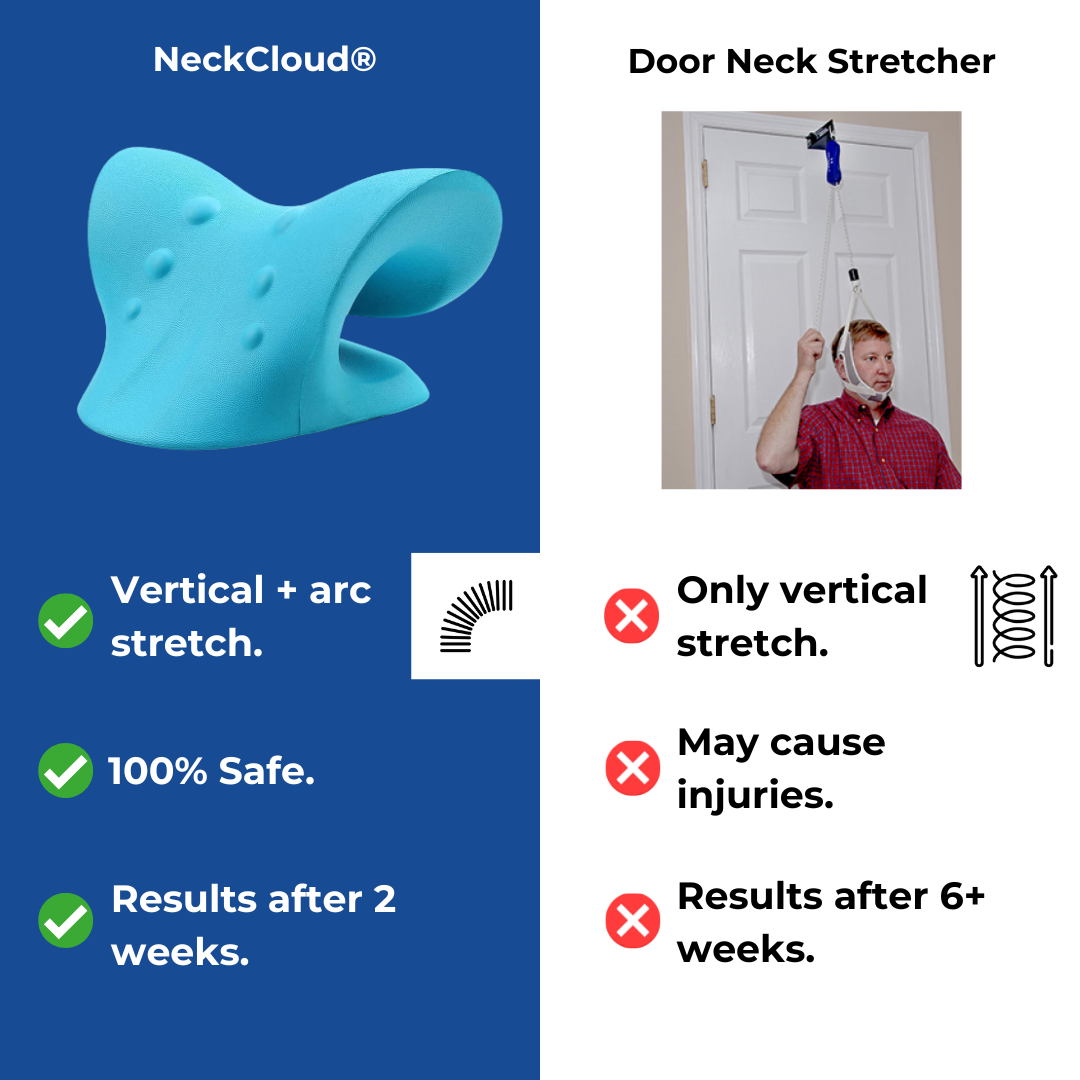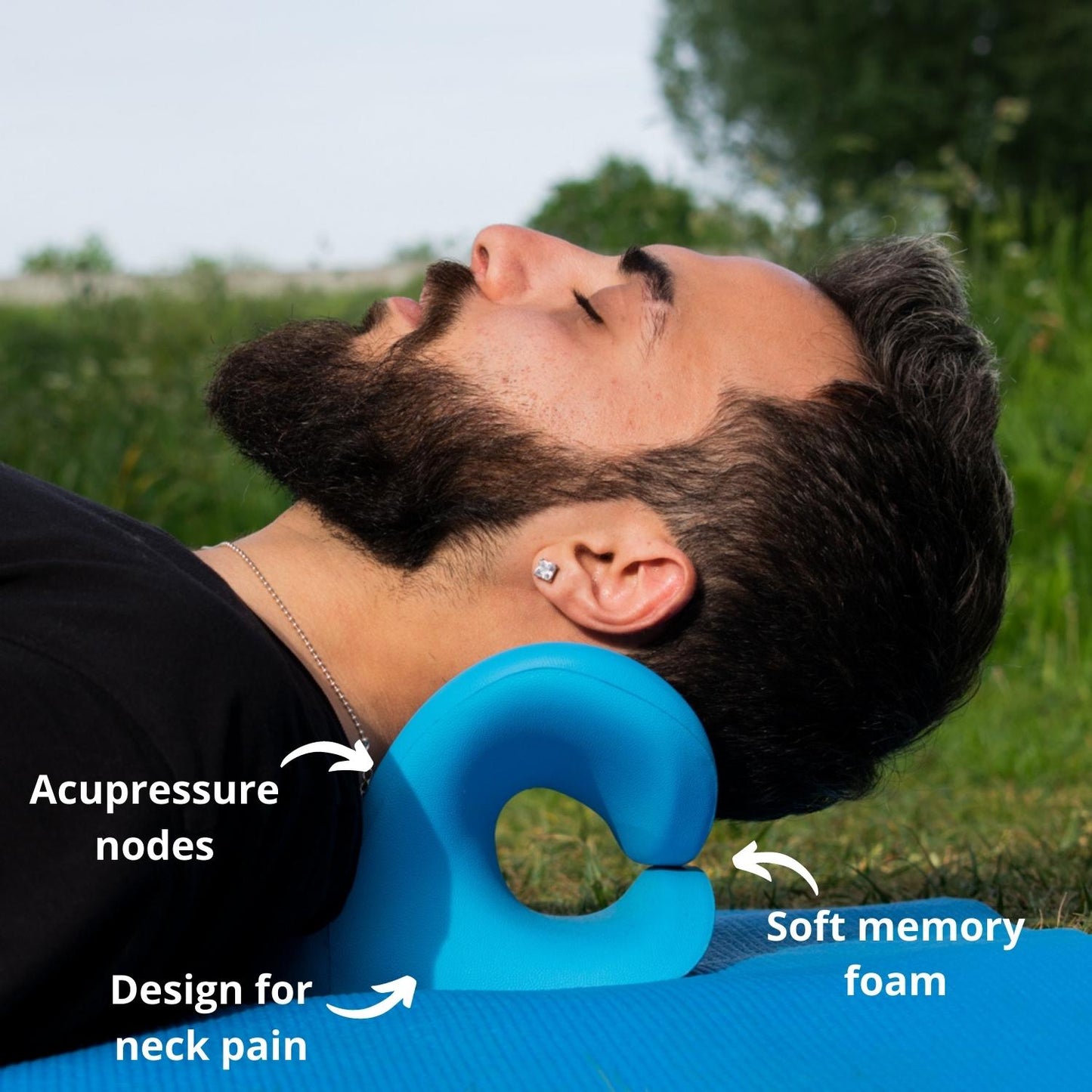Enhance Your Position and Decrease Neck Pain with the Neck Cloud
Neck Pain in the Work Environment: Recognizing Danger Elements and Carrying Out Ergonomic Solutions
Neck pain in the work environment is a prevalent problem that can influence staff member wellness and efficiency. By understanding the different threat elements adding to neck pain and executing ergonomic remedies, organizations can produce a much more helpful workplace. Recognizing these factors is critical in developing targeted techniques to relieve pain and avoid future injuries. Resolving ergonomic concerns not only improves staff member health but also promotes general work complete satisfaction and efficiency.
Common Root Causes Of Neck Discomfort
Neck pain in the workplace is a prevalent issue that can be credited to a number of typical causes. One of the main offenders is bad position, which typically results from long term durations of sitting incorrectly at a workdesk or workstation. This can bring about stress on the neck muscles and joints, causing discomfort and discomfort. Furthermore, repeated motions such as frequent flexing, turning, or reaching can also add to neck discomfort gradually. Straining the neck by holding it in an uncomfortable position for extensive durations, like nestling the phone between the ear and shoulder, can exacerbate the concern (neck cloud).

Ergonomic Threat Elements
Poor ergonomics in the office can significantly add to neck discomfort among employees. Elements such as incorrect desk elevation, poor chair support, and unpleasant positioning of computer screens can all contribute in the growth of neck discomfort. When staff members are forced to sit for extensive periods ready that strain their neck muscle mass, it can bring about tightness, pain, and even a lot more significant musculoskeletal concerns over time.
Furthermore, inadequate ergonomic practices can lead to staff members adopting uncomfortable poses while working, such as craning their necks to see a computer display or getting to uncomfortably for a mouse or keyboard. neck cloud. These recurring activities and unnatural settings can put excessive stress on the neck and surrounding muscle mass, leading to pain and reduced performance

Desk Arrangement Recommendations
To decrease the danger of neck pain and discomfort, there are several desk arrangement referrals that employees ought to think about. Guarantee that the computer display is placed at eye level to prevent straining the neck by looking up or down.
It is additionally crucial to have appropriate lighting to reduce eye pressure, as scrunching up your eyes or leaning ahead can lead to neck stress. Arrange the desk format to maintain frequently used things within arm's reach, limiting the need for recurring twisting or reaching activities. By carrying out these desk arrangement suggestions, employees can develop a much more ergonomic workspace that sustains neck health and wellness and minimizes the risk of developing work-related see page neck discomfort.
Extending and Exercise Tips
To preserve flexibility and reduce muscular tissue tension in the office, integrating stretching and exercise regimens can be valuable for general well-being and efficiency. Simple desk-friendly stretches can assist reduce neck discomfort and prevent tightness. Neck rolls, shoulder shrugs, and gentle side-to-side neck stretches work in easing tension. Furthermore, including exercises like chin tucks, shoulder blade squeezes, and top back stretches can assist strengthen muscular tissues that sustain good stance.
It is necessary to take time-outs throughout the day to do these exercises. Establishing tips or using applications that trigger movement can help develop a routine stretching regimen. It is very important to pay attention to your body and avoid overstretching, specifically if you are brand-new to these exercises. Uniformity is crucial, so goal to include stretching and workout into your everyday work regimen. By focusing on these tasks, you can enhance your physical well-being, lower the danger of neck pain, and boost your total productivity in the office.
Value of Regular Breaks
In a fast-paced work environment where demands can add to physical pressures like neck discomfort, developing a routine that emphasizes the importance of regular breaks is paramount (neck cloud). Taking normal breaks throughout the day is crucial for alleviating and protecting against neck discomfort. Extended periods of sitting or recurring jobs can cause muscle tension and rigidity in the neck and shoulders. By including short breaks into the job regular, workers can decrease the risk of creating neck discomfort and boost general comfort and productivity.
Normal breaks enable employees to relax their muscles, stretch, and change placements, stopping stiffness and advertising much better blood circulation. Urging workers to take short breaks every 30-60 minutes can aid minimize the accumulation of stress in the neck and shoulders. These breaks can additionally work as a possibility for workers to exercise relaxation strategies or gentle neck stretches, further see it here promoting bone and joint health. Carrying out a culture that values and focuses on normal breaks can have a considerable influence on decreasing neck discomfort and boosting general health in the workplace.
Conclusion
To conclude, dealing with ergonomic threat variables and executing appropriate workstation arrangements are important in minimizing neck discomfort in the workplace. By promoting excellent stance, offering appropriate assistance, and motivating routine breaks and stretches, companies can develop a healthier and extra productive workplace for employees. Focusing on staff member health with ergonomic options is crucial to stop discomfort and this contact form improving overall office satisfaction.
Neck discomfort in the office is a common issue that can affect staff member health and efficiency. By identifying and addressing these usual reasons of neck pain in the office, employers can take proactive actions to produce a more comfy and ergonomic work setting for their workers.
Poor ergonomics in the office can dramatically add to neck pain amongst employees. By implementing these workdesk setup referrals, workers can create a much more ergonomic work area that sustains neck health and wellness and reduces the danger of developing occupational neck pain.
Neck rolls, shoulder shrugs, and mild side-to-side neck stretches are effective in relieving stress.